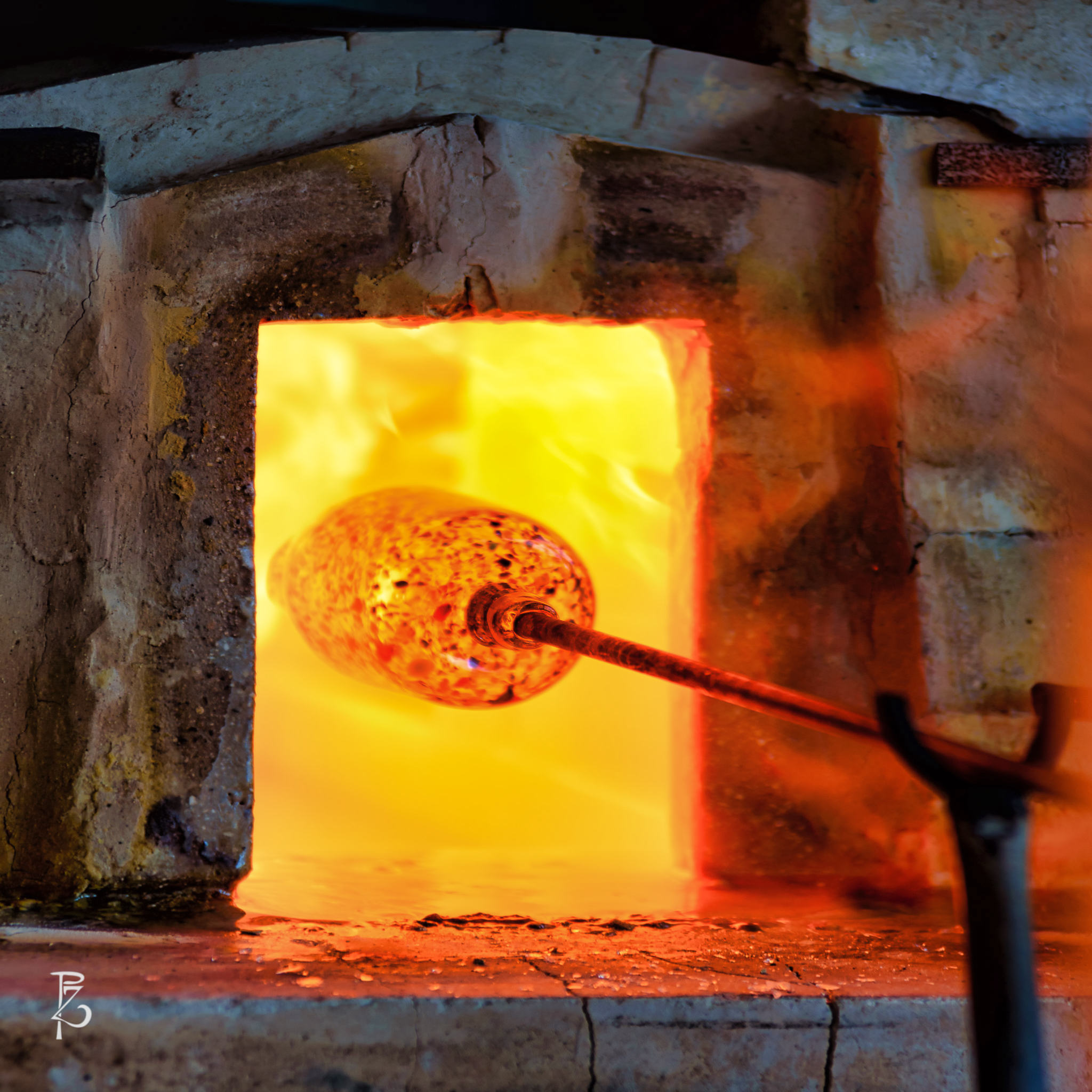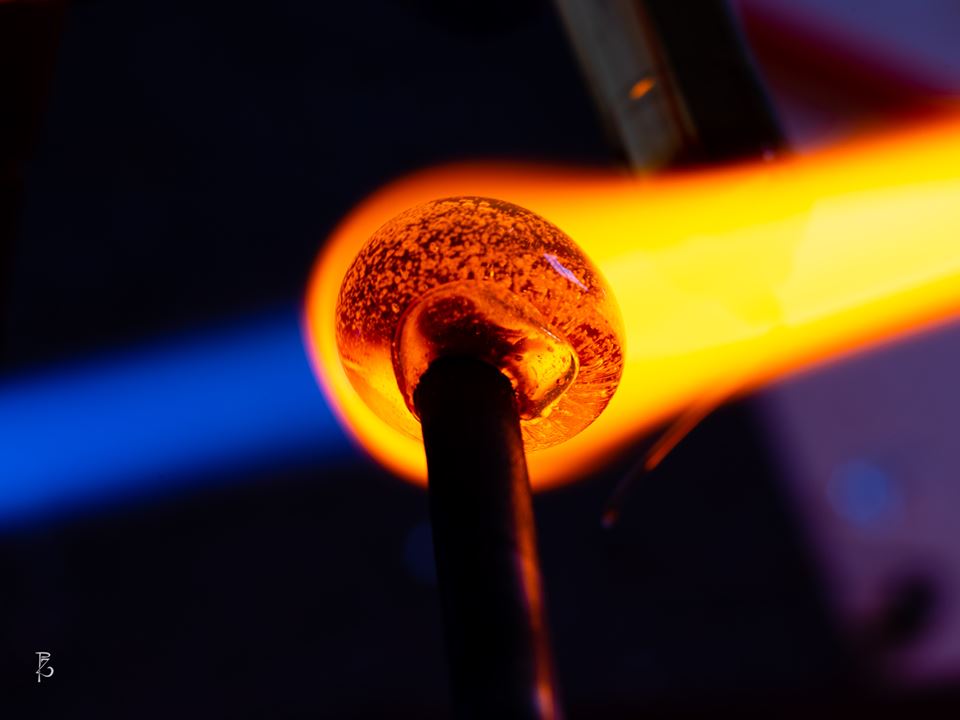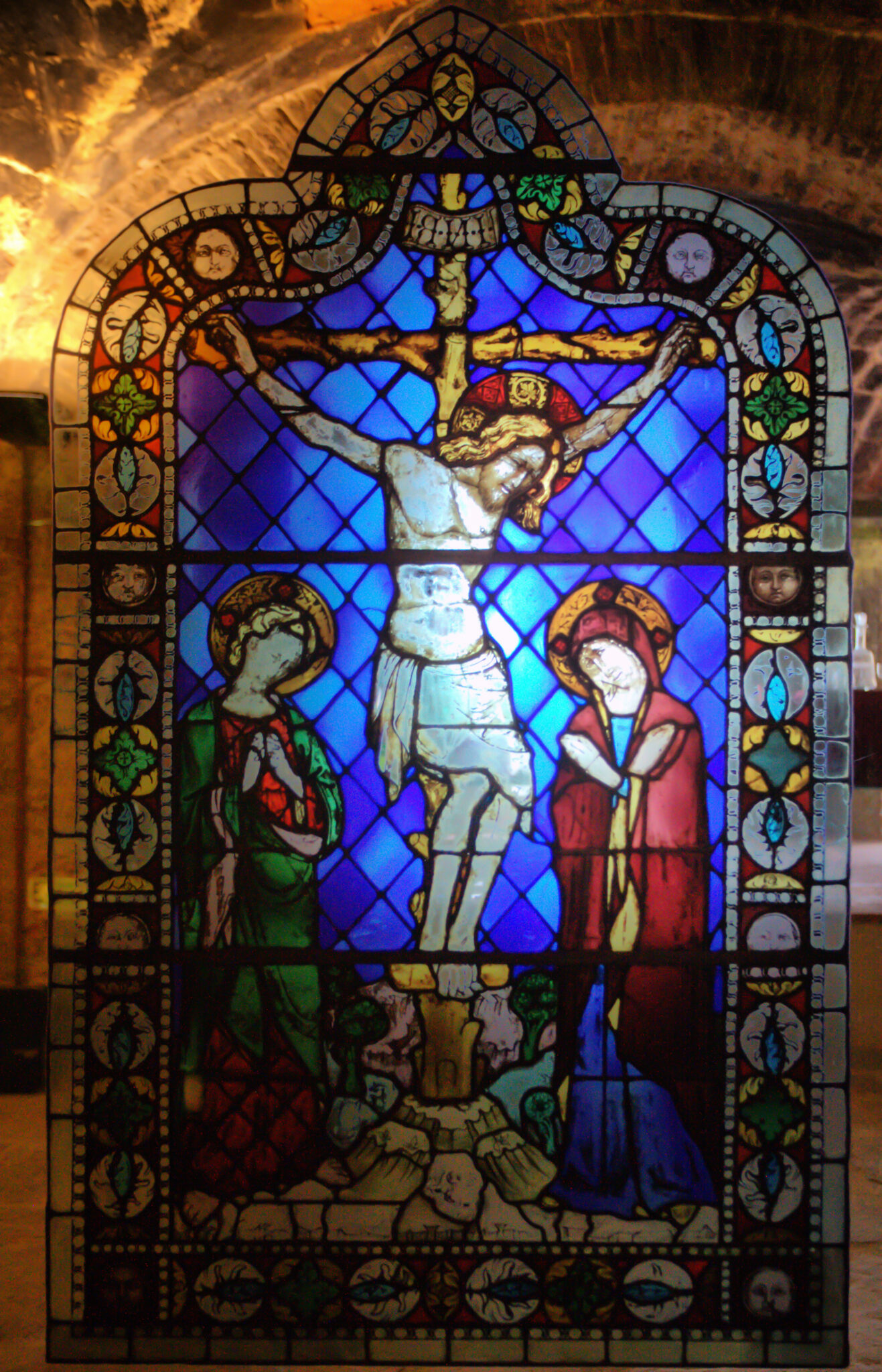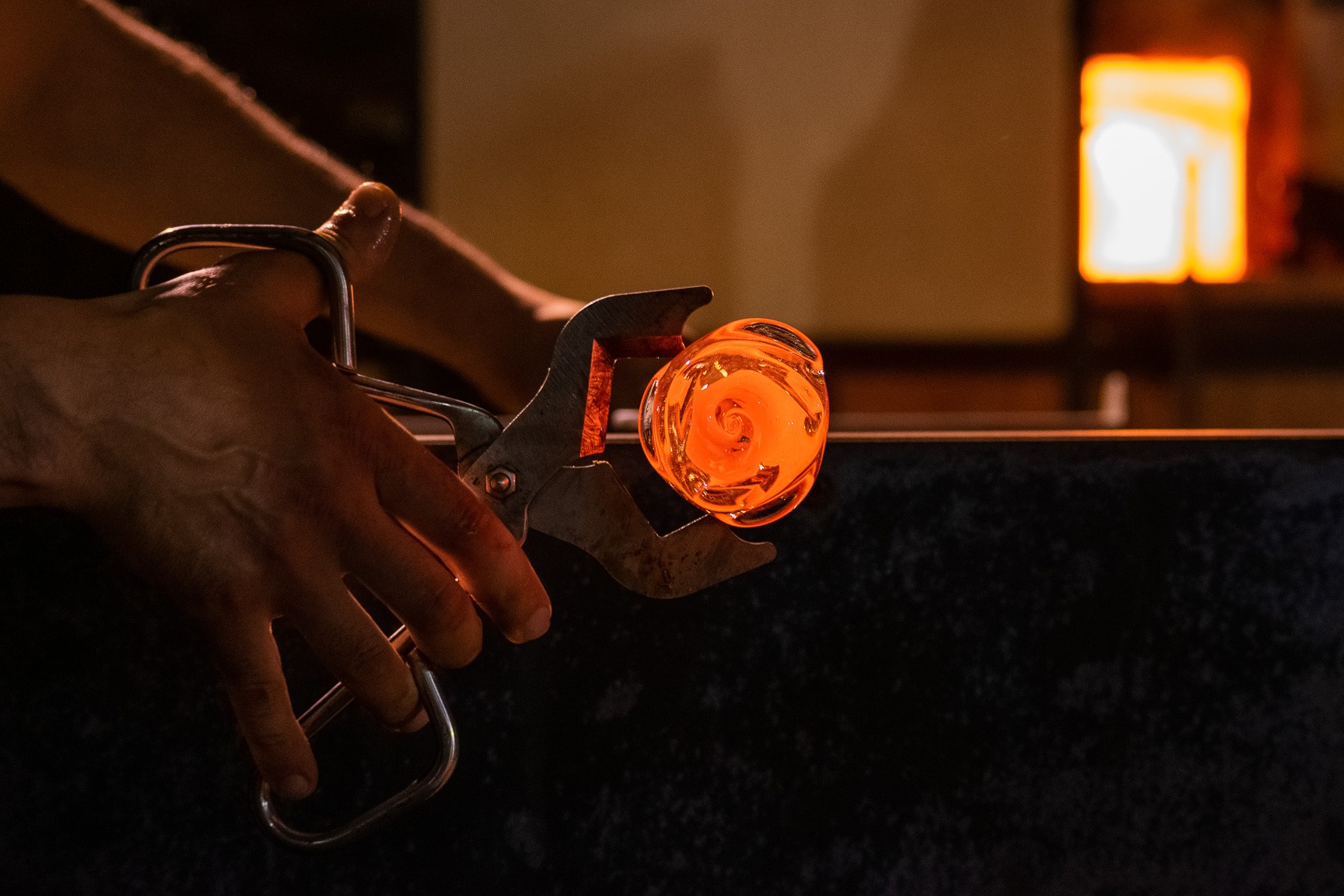«Unaware that such craftsmanship was present in Italy, I felt relief upon seeing the polished glass artifacts (rich, double glazed, of differing colours) exhibited by Geremia Misciattelli». Carlo Cerato

An unbreakable union entwines the element of glass and Piegaro. The history of glass manufacturing in this small medieval hamlet most probably dates back to the end of the 13th century, after the release of a 1292 decree by the Grand Council of Venice which ordered all glass manufacturers to transfer their kilns to the island of Murano.
This relocation played a part in the exodus of some of these artisans who established the art of glasswork in Piegaro upon their arrival. The choice fell on this site due both to the thriving political and financial situation of the Piegarese community at the time, and also especially to the presence of vast coppiced woods in the surrounding region, which could easily provide fodder for the kilns.
CRAFTSMEN AND MATERIALS OF PIEGARO IN UMBRIA AND IN MURANO
The first documented testimony dates back to 1321 when the then director of the Opera of the Duomo of Orvieto, Lorenzo Maitani, delegated the master glass artisan Consiglio Dardolini to travel to Piegaro in order to hire craftsmen skilled in stained glasswork. He believed that the materials provided by their previous supplier, the Monteleone kiln in Orvieto, were not of sufficient quality. This acknowledgement would suggest that the tradition and skills of the glass craftsmen from Piegaro set them apart from the glass workers of the other kiln, allowing them to achieve a status of supremacy in their field. Another interesting record is the 1360 document within which Lorenzo Maitani, in an attempt to reinstate the kiln in Orvieto, sends for bricks, «marzacotti pro faciendum vetrum», «manganese pro colorandum vetrum pro musaicho» and a «vocatur zaffara», a cobalt-based concoction used to stain glass blue, from Piegaro. Accounts show that this pigmentation technique was not employed in Murano until 1446 at the earliest.

Historical manuscripts such as these prove how it was not only the quality of the final product nor simply the great skill of the workers to earn Piegaro and its kiln such a significant reputation, but also the supply of outstanding raw materials. It is also noteworthy that some of the craftsmen of Piegaro were also employed in Murano, which was and still is considered the home of the art of glasswork. The prominence of the products of the Piegaro kiln was such that in 1480 duke Federico II summoned a maestro vetraio piegarese (a master glass craftsman from Piegaro) to Gubbio and tasked him with the manufacturing of tableware, especially glasses and flatware. In 1580 duke Ascanio II della Corgna acknowledged the countess and the Priors of Piegaro «for the gift of the stunning glassware he received and with which he could not part».
RISE OF COMPETITORS AND EXODUS
With the exception of few short intervals, the success of the piegarese glass products continued to thrive throughout the years and in the Seventeenth century «the master glassworkers, adapting to the style of the time, were creating bowls, cups, large glasses and various crockery of peculiar shapes embellished by crests, depictions and inscriptions». Nonetheless the decline of the Piegaresi kilns was inevitable with the increase of fierce foreign competition in the mid 1700s, especially that of the Bohemian school. The crisis that ensued drove many craftsmen to flee Piegaro.

GEREMIA MISCIATTELLI, A NEW ERA
1820 saw the dawn of a new era for glass manufacturing in Piegaro, with the marriage between Marquis Geremia Misciatelli and the heiress of the Cocchi family, the owners of the kiln. The administration carried out by Misciatelli and his successors provided the perfect conditions to allow for a resurgence of glass- and particularly crystal manufacturing, which reached its peak at this time. He commissioned local glass artisans so skilled in moulding/forging the vitreous mass into true masterpieces that they won prestigious awards and mentions both at the 1861 Italian Exposition in Florence and at the 1873 Universal Exposition in Vienna (under the management of Cesare Pesciarelli who succeeded Geremia). Single workers such as Emilio Forniti, Ferdinando Moretti, Adolfo Wensel (polisher and engraver) and Giovanni Knaute (painter and gilder) as well as the enterprise as a whole were acknowledged for «the elegance and solidity of the shapes, the excellent manufacture and the gilding and decoration of many crystal tableware items» that they created.

THE DEMISE AND THE INAUGURATION OF THE MUSEUM
In 1895 under the new management of engineer Giuseppe Zannini the kilns were working at full capacity as attested by the 243 varieties of glass and crystal items displayed in the catalogue at that time. Regrettably Zannini underestimated the rapid pace with which the industrialization process and the advent of machines were transforming the manufacturing and production of glass and he was unable to adapt by reducing and channelling production. Consequently in 1898 he was forced to shut down the factory, which had become encumbered with debt.
Since then, despite brief phases of upsurge recorded in the post-war period and many attempts to revive manufacturing, it never truly recovered. Currently, the building that housed the old glass factory of Piegaio permanently closed in 1968, is the setting for the Museum of Glass (Museo del Vetro), which first opened in 2009, after a detailed refurbishment carried out by the council administration.
The many varieties of artefacts produced in the piegaresi kilns and exhibited today in the museum speak to the history and tradition of glass in Piegaro, a story worth telling and retelling as it bears testimony to a local excellence spanning over nine centuries.
Laura Zazzerini
Latest posts by Laura Zazzerini (see all)
- Piegaro and the noble art of glass - May 15, 2025
- Love at the time of design - February 12, 2019
- Reginaldo Ansidei - July 4, 2018

